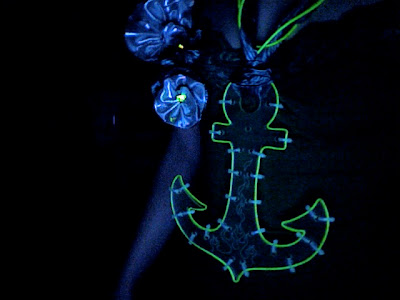1. [f.
It would be amazing to be somewhere warm and humid watching the snow fall outside. I've been reading about atmospheric optics lately and came across a passage taking the term "greenhouse gas" to task for not being specific. It's a good excuse to take the word greenhouse back for a moment as something more life affirming then perilous. After all, without any warmth in the atmosphere there would be no life.
Of course the second definition in the Oxford English Dictionary is meteorological, dated to a 1937 citation of G. T. Trewartha Introd. Weather & Climate. It's a convenient metaphor that has taken pride of place in the lexicon of environmentalism. The greenhouse today evokes the brutal effects on nature hit by rapidly shifting temperatures. It becomes a prison of our own making. We are walled in by particles that do not radiate accommodatingly out to space in the region of the electromagnetic spectrum that is heat. Alas. But at least some atmospheric scientists still have a sense of humor. If you've read this far, go just a little further to the part about farty housecats.
"The motions of a molecule can be expressed as a sum of normal modes each with a characteristic frequency. These frequencies lie in the infrared and a radiating mode is called infrared active. A mode that does not radiate is called infrared inactive. The terms infrared active and inactive, which are familiar to infrared spectroscopists, are preferable to the popular but misleading term 'greenhouse gas'. Water vapor is infrared active; nitrogen and oxygen, for the most part, are infrared inactive. Greenhouse gasses are produced by resident cats with digestive problems."**
*Oxford English Dictionary, online edition, 2009.
** Fundamentals of Atmospheric Radiation, Craig F. Bohren, Eugene Clothiaux, Wiley, 2006 p. 81.



